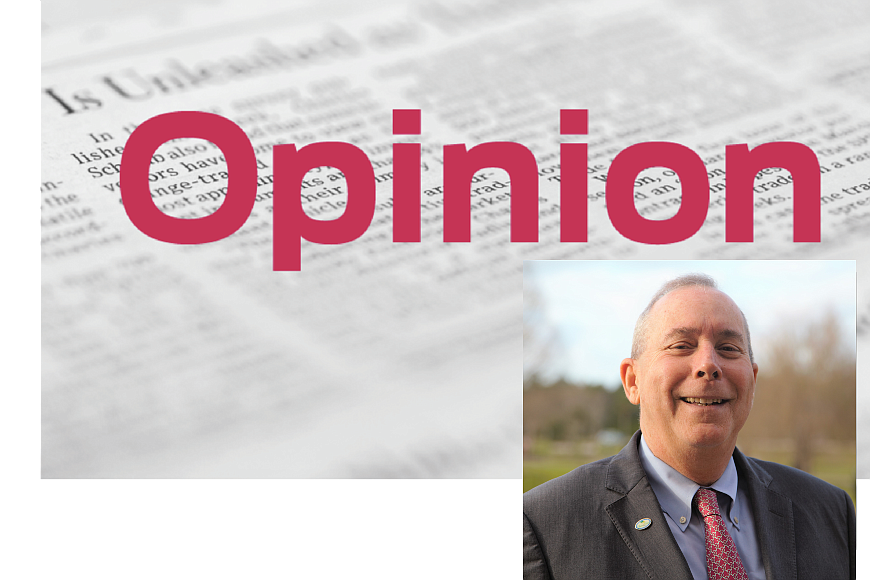- July 26, 2024
-
-
Loading

Loading

Editor's note: The views, thoughts and opinions expressed in this article are solely that of the author in his personal capacity and do not necessarily represent the opinions or the views of the city of Palm Coast or the Palm Coast City Council.
Question from a resident: I’ve lived here for 26 years, and the roads are worse than I’ve ever seen (examples: Bird of Paradise Road and the I95/SR100 intersection). I hear we have no money for road improvements, and that’s pretty hard for me to believe. Can’t we use the impact fees from all the new homes being built here? Aren’t there other resources? What’s the plan?
When our City Council considers every option available to keep Palm Coast as safe as possible for residents, roadway improvements remain at the top of our list. However, those who are reading this column need to know that repairing roads is more complicated than simply sending crews out to work.
This topic is very near and dear to me; in fact, I serve on the Transportation Planning Organizations Executive Committee, which helps to prioritize regional Department of Transportation-funded projects. Here’s some additional background information:
From 2003 to 2012, Flagler County imposed a 0.5 cent sales surtax, a portion of which we used to fund our milling and resurfacing program. During those 10 years, we repaired 650 lane-miles of roadway. In the 10 years since that funding source expired, we milled and resurfaced fewer than 200 lane-miles of roadway, but still managed to construct new roadways or resurface others with assistance grant funding.
To make the best use of budgeted funds, Palm Coast implemented a pavement management program in 2017. We hired Transmap, a company that performed data collection to establish the quality of our roadway network by creating a map to give us a visual representation of those areas in most need of repair. In 2021, they performed a second roadway condition scan to generate an updated Pavement Condition Index Map.
For the past several years, City Council has tried to meet the challenge of funding the rising costs for roadway repairs given our reduced revenue sources (local option fuel tax, state revenue sharing). Per our direction this fiscal year, an alternative to the resurfacing of residential roadways will be used to “microsurface” various residential roadways throughout the city. This treatment is more short-term, but it will preserve the roadway condition for approximately five to seven years. In the next four years of our Five-Year Plan, the council is going to need to address funding for additional resurfacing options.
It’s important for residents to understand that new development here does pay transportation impact fees. However, these funds can only be used for capacity improvements for roadways (adding new lanes) and cannot be used for roadway maintenance (resurfacing).
Regarding Bird of Paradise Drive, the city purchased property at the intersection of Bird of Paradise and Matanzas Woods Parkway last year to prepare for the four-laning of Matanzas Woods Parkway and the installation of a traffic signal at this intersection. As we wait to learn more about FDOT funding for this project, we will continue to monitor the condition of Bird of Paradise.
And finally, this coming spring, FDOT will be resurfacing about four miles of State Road 100, including the road at the Interstate-95 bridge. They also plan to install Wrong Way Driving devices at the I-95 interchange off-ramps.
Have a question for the mayor, or a response? Email [email protected].